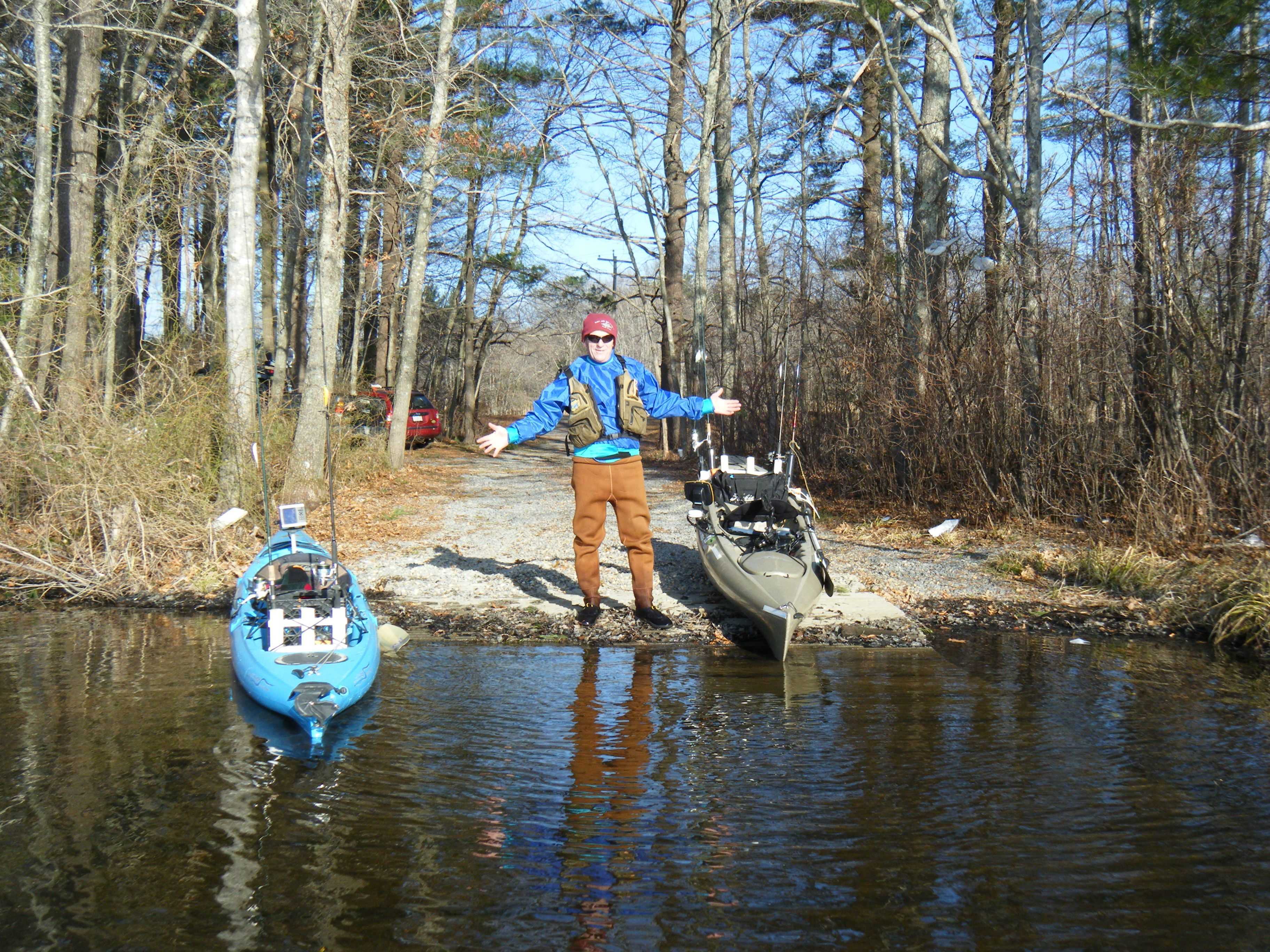By Guide Rick Buss:
As I write this month’s article, we are buried under the most snow the Greater Boston area has received EVER in a 30-day period. Cabin fever has reached epidemic status, and members of the plastic navy have visions of open water and greener vistas. Ice out fishing on our lakes and the emerging dandelions and flounder fishing seem far off. The first warm days of spring tempt us to get out and float our boats and maybe wet a line. However, there is a hidden danger for which we should be aware.
Cold water can be a killer. It’s all too common for someone to grab a canoe or kayak and hit the water under dressed and ill prepared, even for just a short ride. Even good swimmers can find themselves in big trouble quickly.
I don’t want you to think that you’re putting your life in jeopardy if you kayak in the spring or early summer, but if you don’t wear a PFD (personal floatation device) or are not dressed to accidentally fall in the water, YOU ARE!
Water has the ability to take away your body heat 25 times faster than air of the same temperature, so when it’s comfortable out of the water, it’s really deadly in the water. Drowning and hypothermia are the one-two punch that can kill you.
The most important item needed is a PFD. Most of us use a Type III designed for an alert, conscious person who can get out of the water rather quickly. When you tip in a ‘yak, this type will keep your head above water so when you gasp from the shock of the cold water (mammalian dive reflex), you don’t inhale a lung full of water and end up well on your way to drowning.
In cold-water temps, your PFD isn’t enough to keep you safe. You need to be dressed for the frigid temperature of the water. The need to stay warm and dry is very important.

The best choice is a full dry suit– a watertight garment that is sealed at the neck and wrists and has attached boots or stocking feet. This is just a shell that is waterproof but does not keep you warm. Warmth is provided by what you wear underneath the dry suit. Start with a base layer such as Polartec, Underarmour, Mysterioso or wool/ poly blends, no cotton, then some warm fleece or something similar. You should be able to wade into the water up to your neck and stay warm. Put on your PFD and make sure you float with your chin above the water.
As the water warms into summer, the full dry suit can be replaced by dry and semi-dry tops and/or waders and splash or paddle pants, with water shoes or boots. The days will finally arrive when all you need is a PFD and a bathing suit, but not in the spring or early summer, especially if in salt waters.
A great resource for articles on safe clothing, as well as lots of other information pertaining to kayaking, can be found on www.NewEnglandKayakFishing.com under “Articles” in the content section.
Please be safe out there, do stay warm, and call Belle Isle Kayak Adventures when you see dandelions… we’ll go catch some flounder.
FORECAST BY: Guide Rick Buss, (617) 719-2036, www.belleislekayakadventures.com. Kayak specialist and fishing guide Rick Buss fishes, dives & snorkels off his kayak. He runs his guide service out of Belle Isle in Winthrop but can deliver kayaks to your location.
